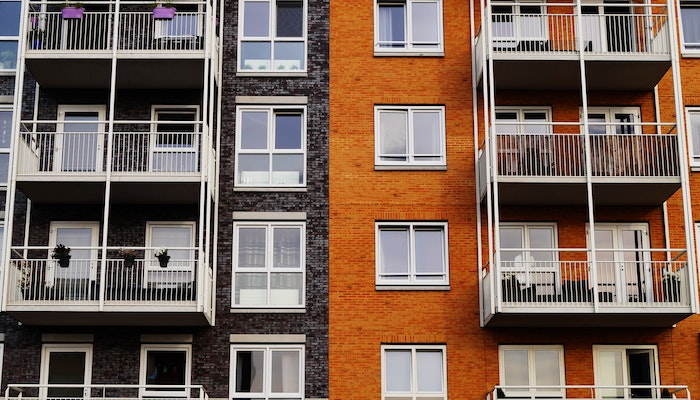
The successive rate hikes by the Reserve Bank of Australia seemed to have yet to fully impact building approvals and overall residential construction, according to the Housing Industry Association (HIA).
Figures from the Australian Bureau of Statistics showed that the total number of dwellings approved in December 2022 increased 18.5%, following the 8.8% decline in the previous month.
Apartment approvals led the sharp rise in approvals — the segment posted a 56.6% jump over the month, driven by the growth seen in New South Wales and Victoria.
Meanwhile, approvals for detached houses remained on a downtrend, falling 2.3%.
Over the year, there were 115,358 new houses approved for construction, down 21.8% on the 147,552 approved in 2021.
HIA chief economist Tim Reardon said the decline between 2021 and 2022 was the expected consequence of the end of the HomeBuilder grant in 2021.
“The market was also cooling as the cost of construction rose, and the change in consumer preferences due to the pandemic desire for space, eroded,” he said.
“The adverse impact of the fastest increase in the cash rate in a generation will not be fully observed in building approvals data until later this year and will not hit building activity on the ground until late 2023.”
Mr Reardon said the substantial pipeline of work that Australian builders are completing on top of the ongoing materials and labour constraints created significant lags between the RBA’s hiking cycle and on-the-ground activity.
“This lag from the first rate rise until it impacts employment is dangerously long in this cycle — the RBA needs to be very cautious in raising rates as the impact of their actions won’t be observed in official data for nearly 18 months, in this cycle,” he said.
-
Photo by George Beker on Pexels.
